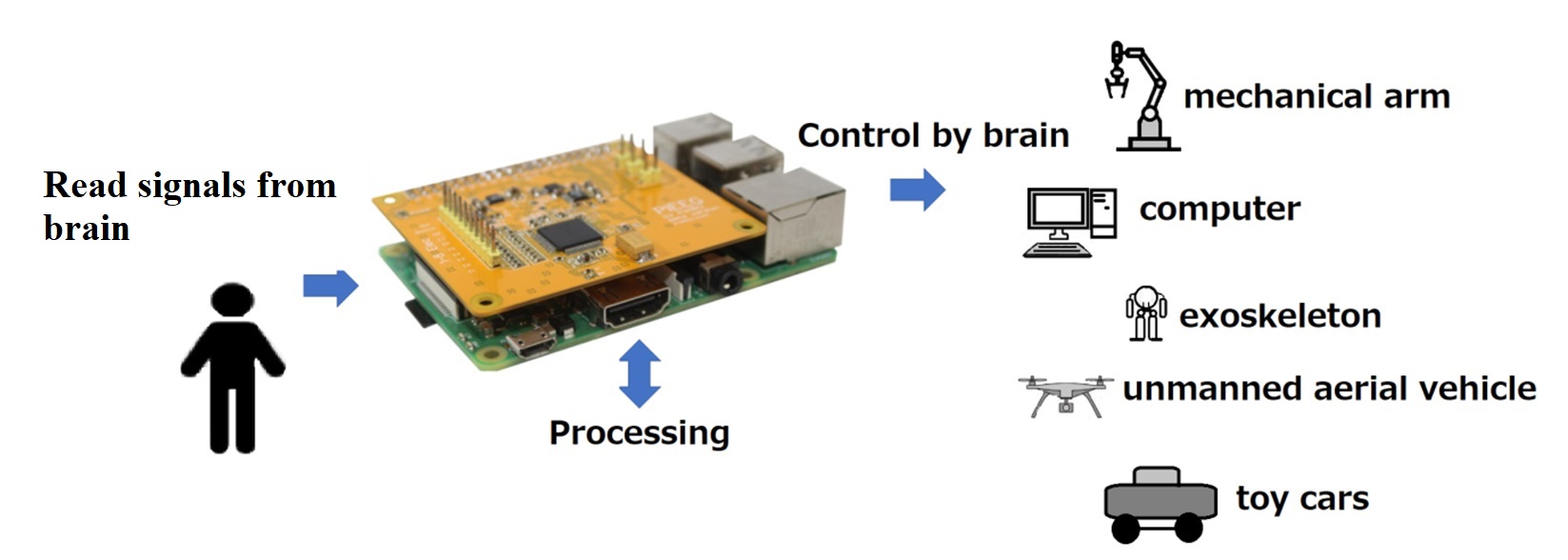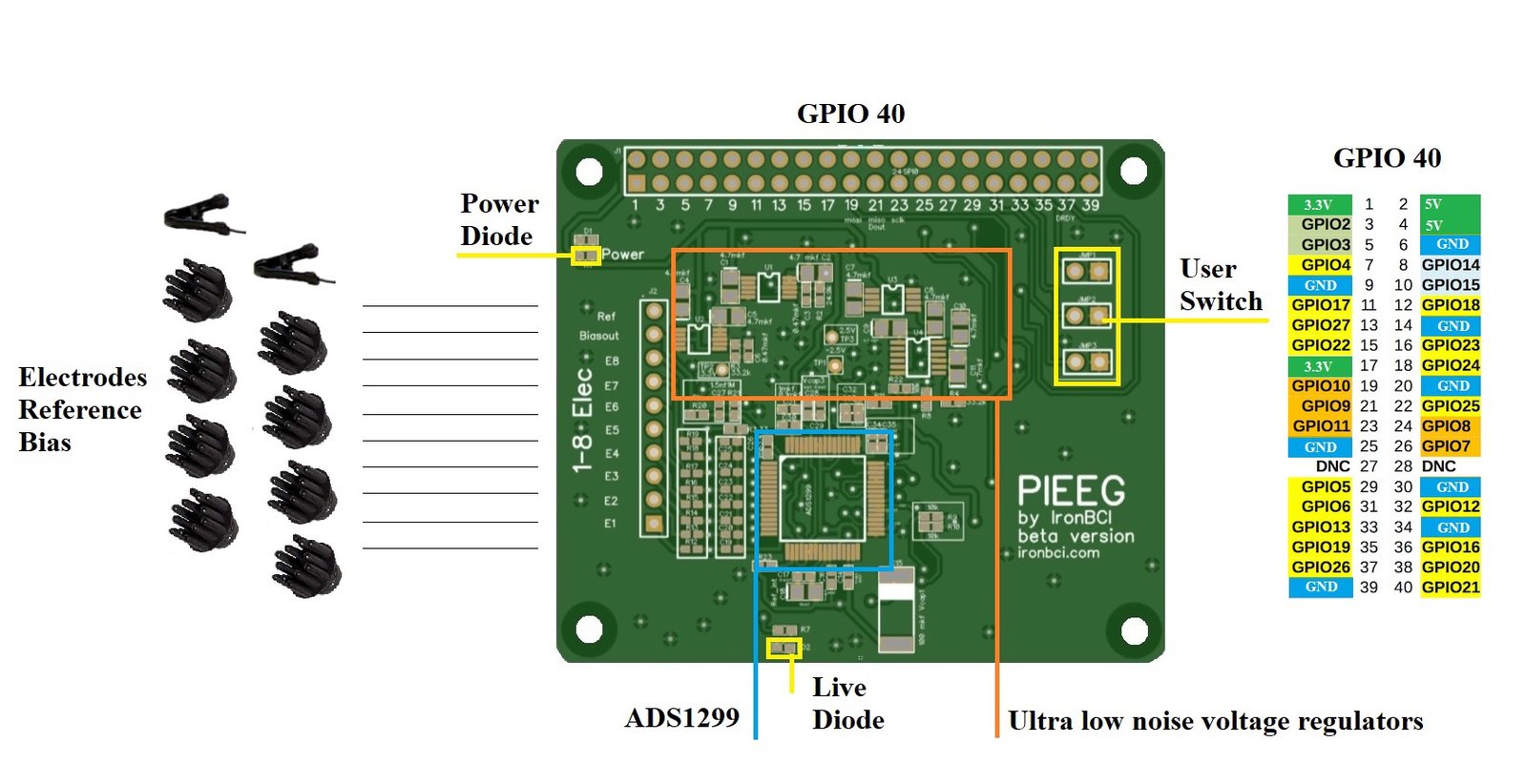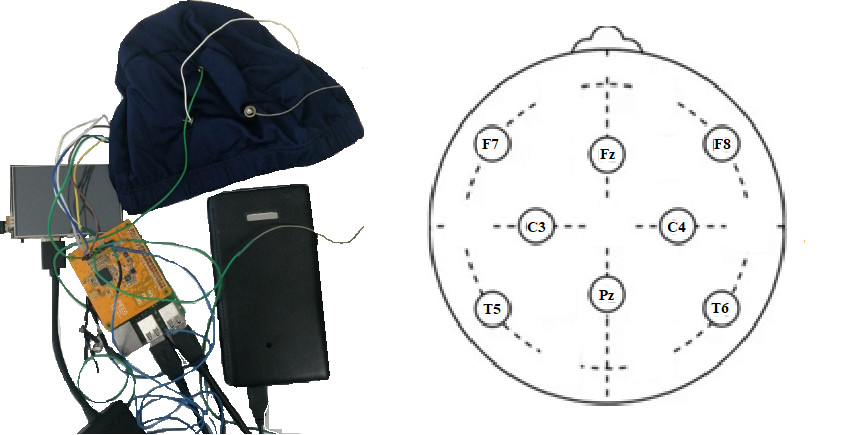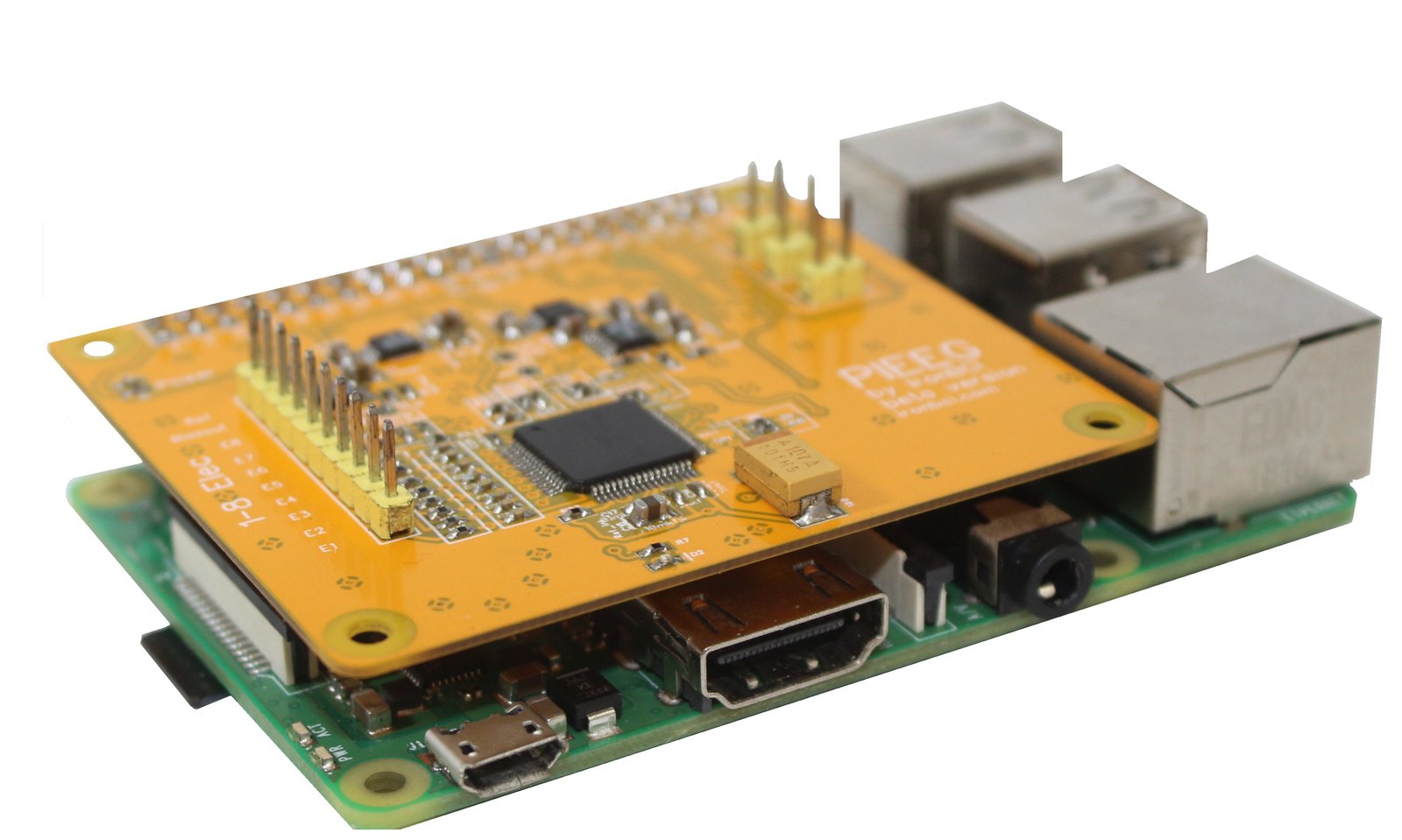
When we think of inputs, we traditionally think of the best keyboards and mice. But what if our brain could become the input? PiEEG starts from $250 and is a Brain-Computer-Interface (BCI) Raspberry Pi HAT from Ildar Rakhmatulin which uses measurable biosignals as a means of control.




The measurable bio signals are the same as used in electroencephalography (EEG), electromyography (EMG), and electrocardiography (ECG). The signals are detected using electrodes that are connected to a cap worn by the user. The signals are processed on the Raspberry Pi and, using a Python script, the signals can be visualized and used to control projects such as robots and drones. We asked creator Ildar Rakhmatulin to explain why they made the project:
"Many years ago I decided to try to make some experience with neuroscience, I wanted to control a robot via mind, but I didn't find any low-cost and open-source brain-computer interface (BCI), for this reason, I made BCI."
This initial project was hit by the chip shortage, which saw the cost rise from $350 to $1000. This prompted Rakhmatulin to continue their research using the Raspberry Pi as the processing base.
PiEEG uses the HAT standard, introduced in 2014, along with the Raspberry Pi B+. The 40-pin GPIO connection uses an SPI connection between the Raspberry Pi and an ADS1299 analog-to-digital converter and can measure up to 250 samples per second, and per channel. It is then just a case of learning to control your biosignals and use them as events to control aspects of the project. Rakhmatulin demonstrates how to control a robot by blinking using PiEEG. The robot in question is a toy rat, but it could also be an expensive robot arm or even a drone.
PiEEG is currently raising support via Crowd Supply, and at the time of writing it has raised $9,100, smashing its $4,000 goal. For $250 you can a 4-channel model or, for $350, 8 channels. Remember that crowdfunding a project is not a guarantee of receiving a finished product. Backing a crowdfunded project is akin to an investment; you believe in the project and want it to succeed. You are not purchasing a retail product.







